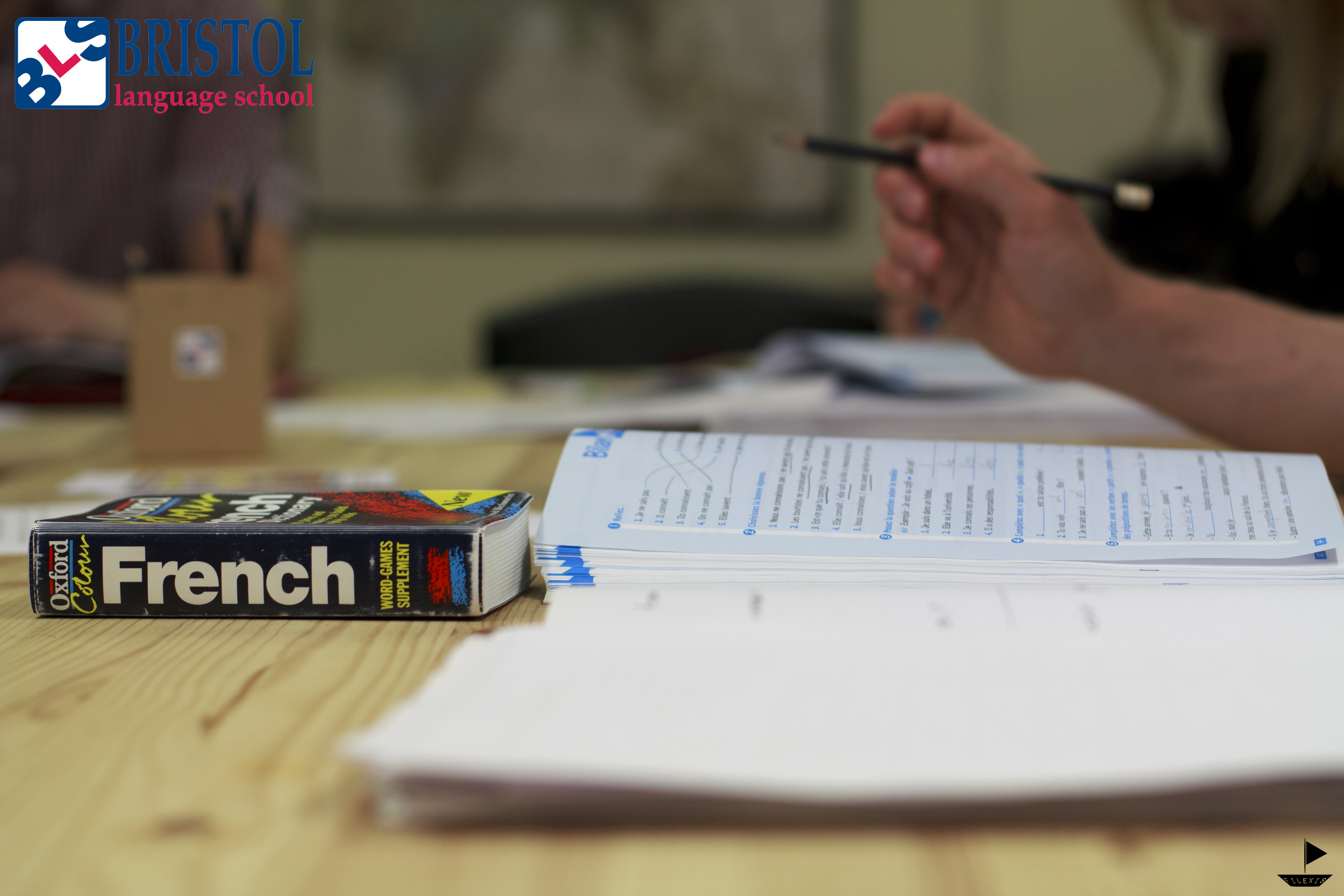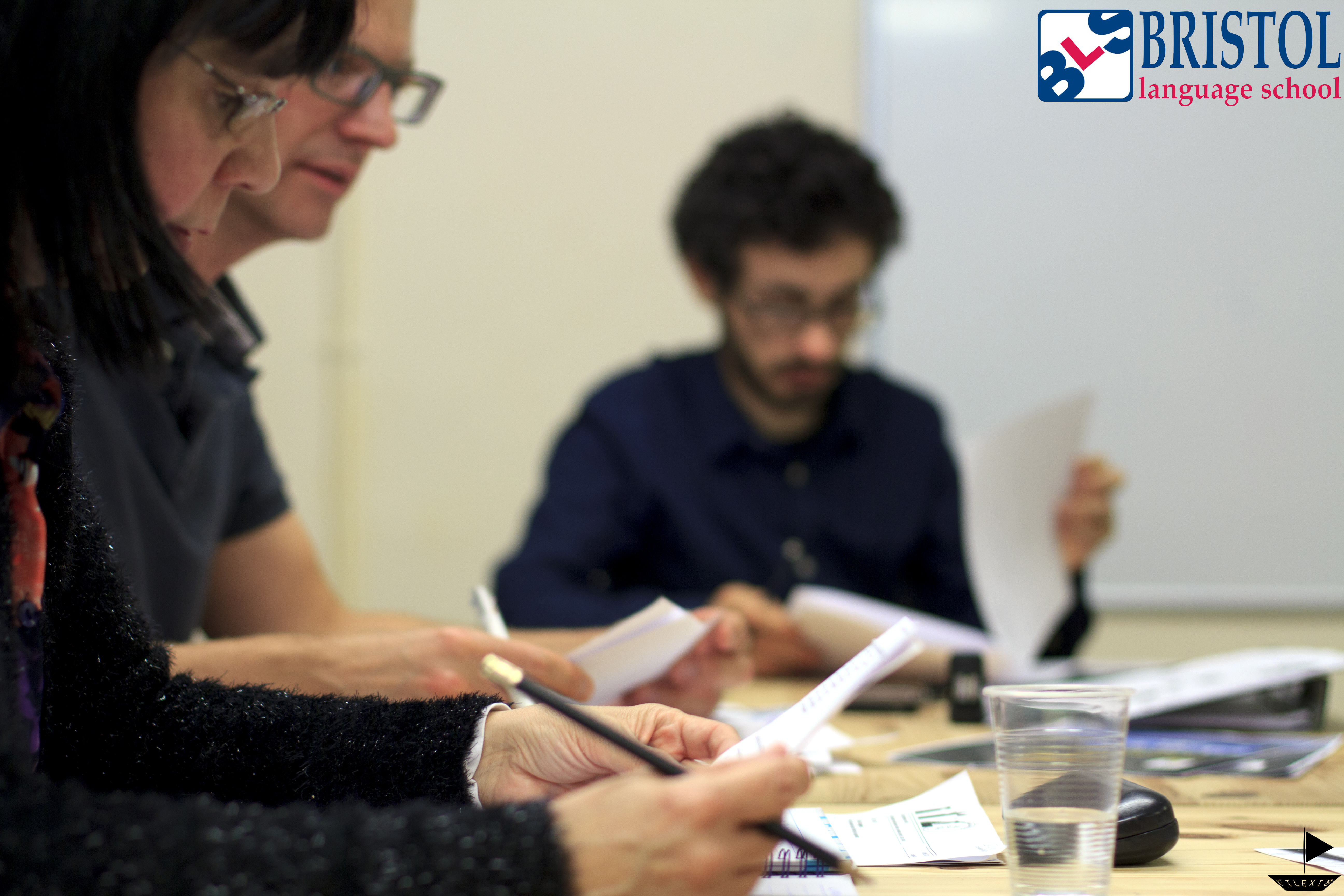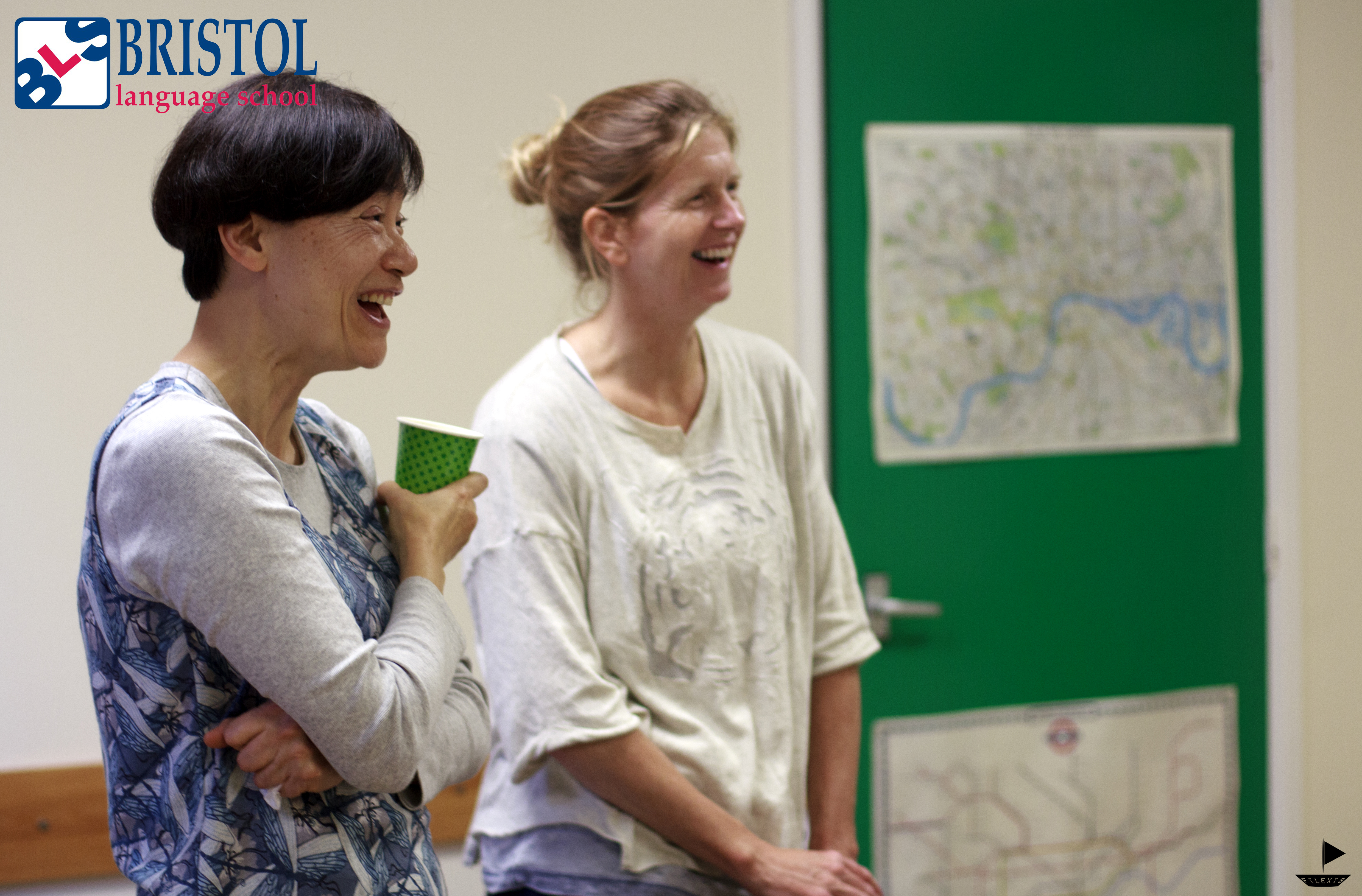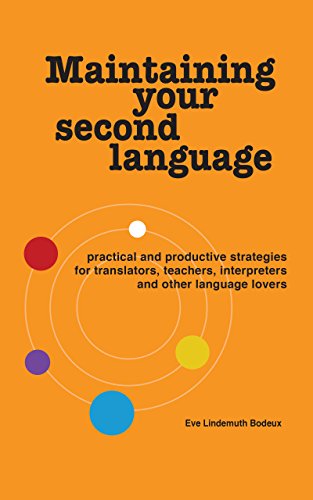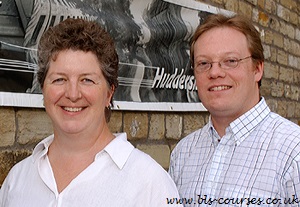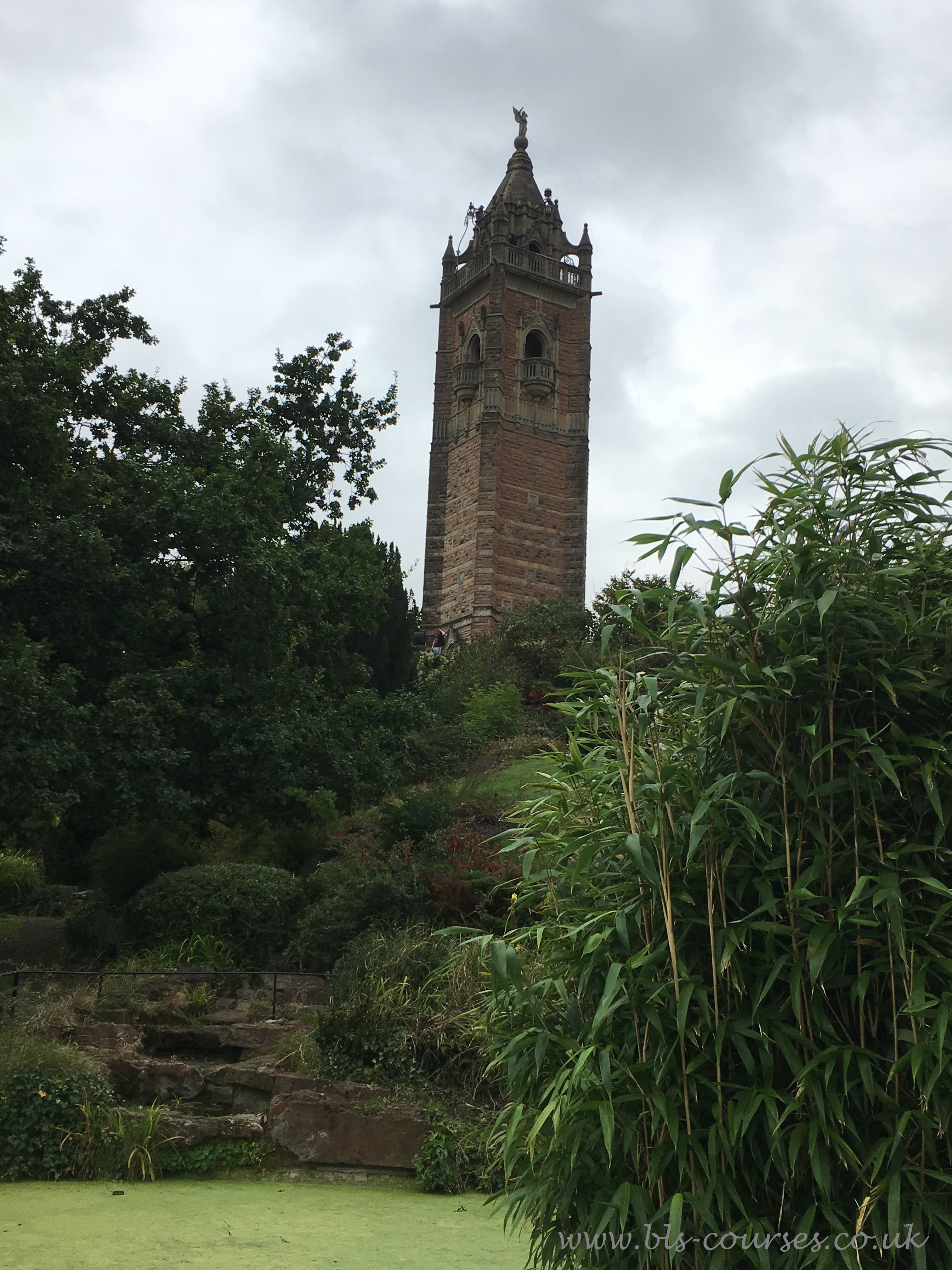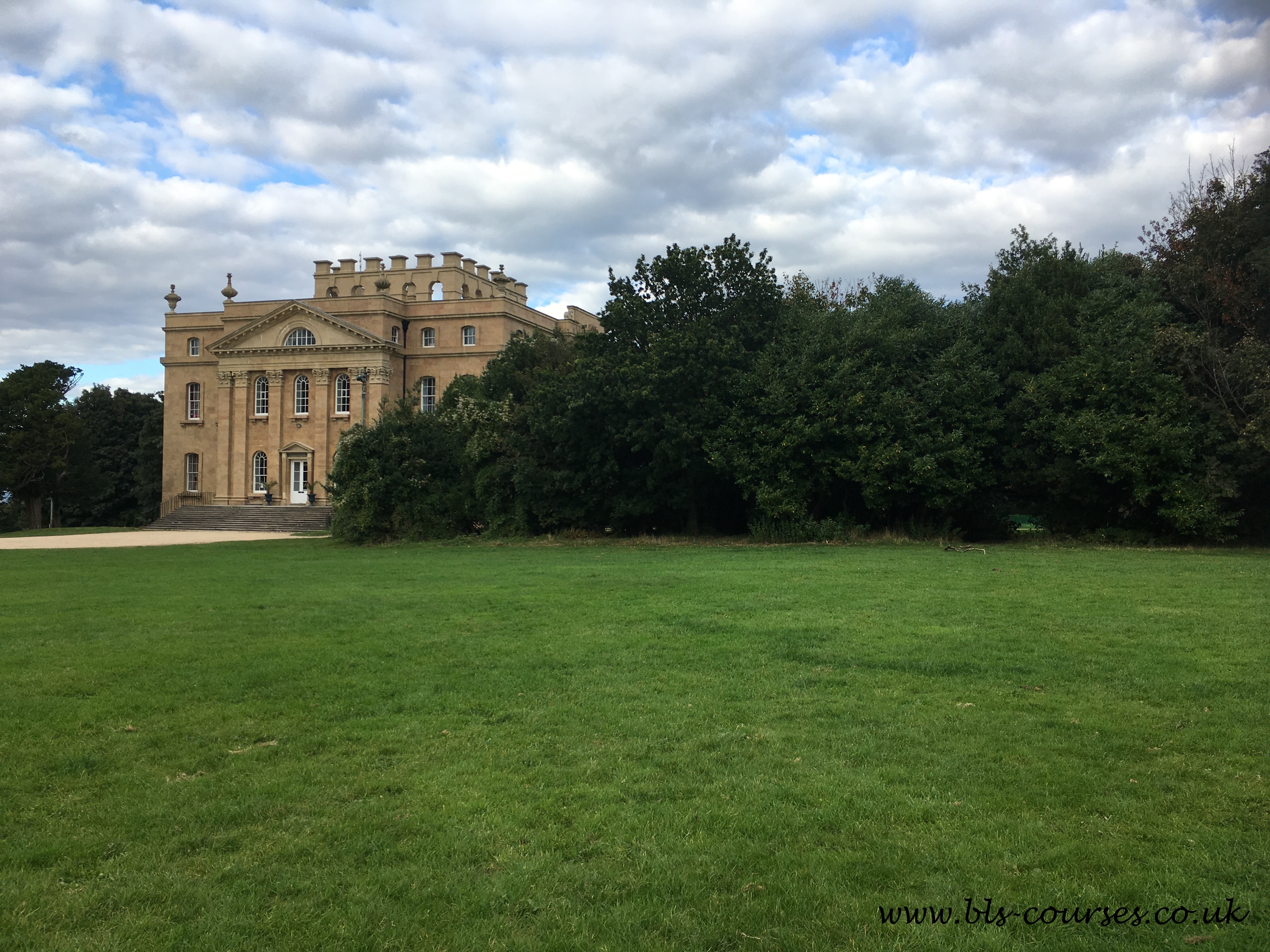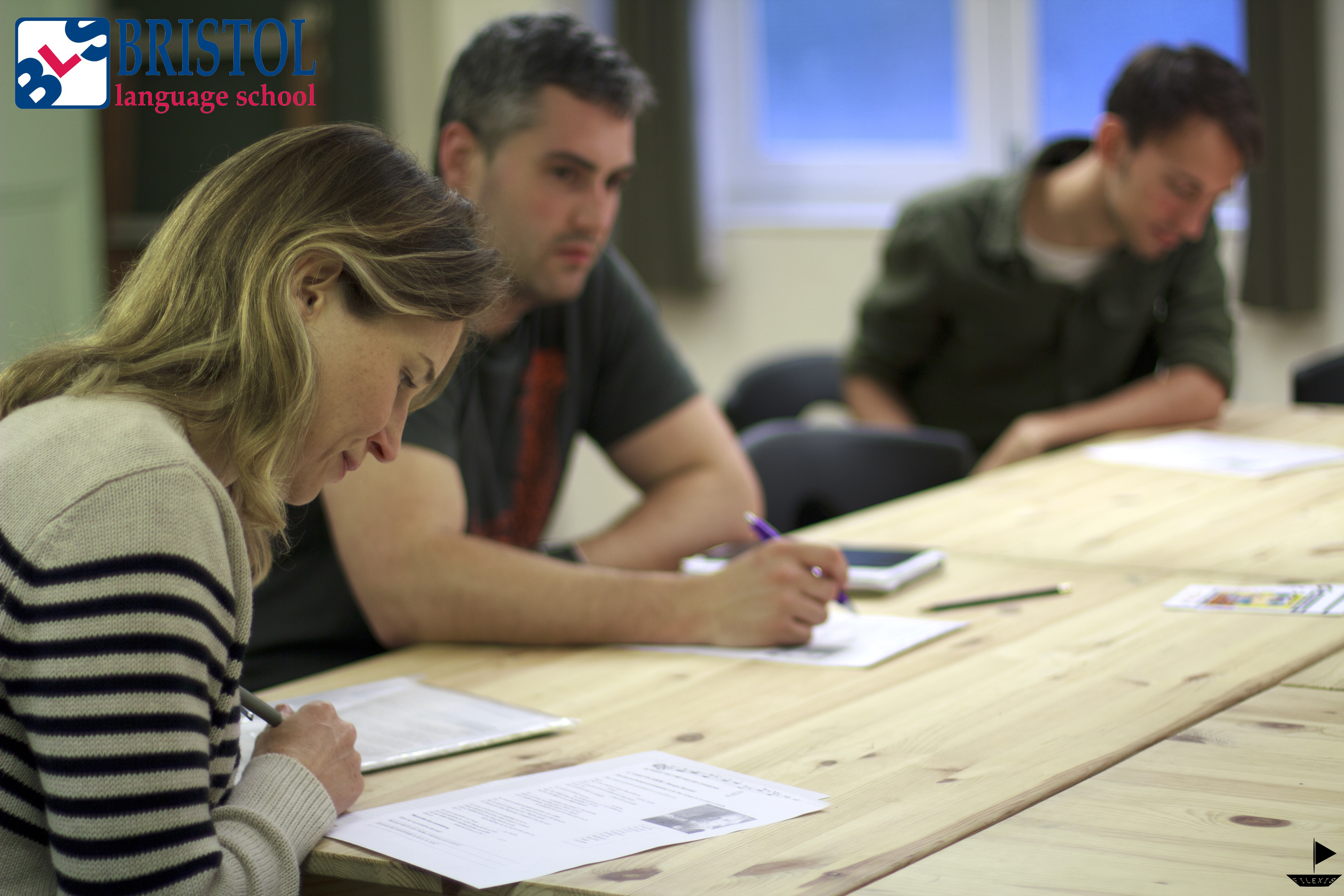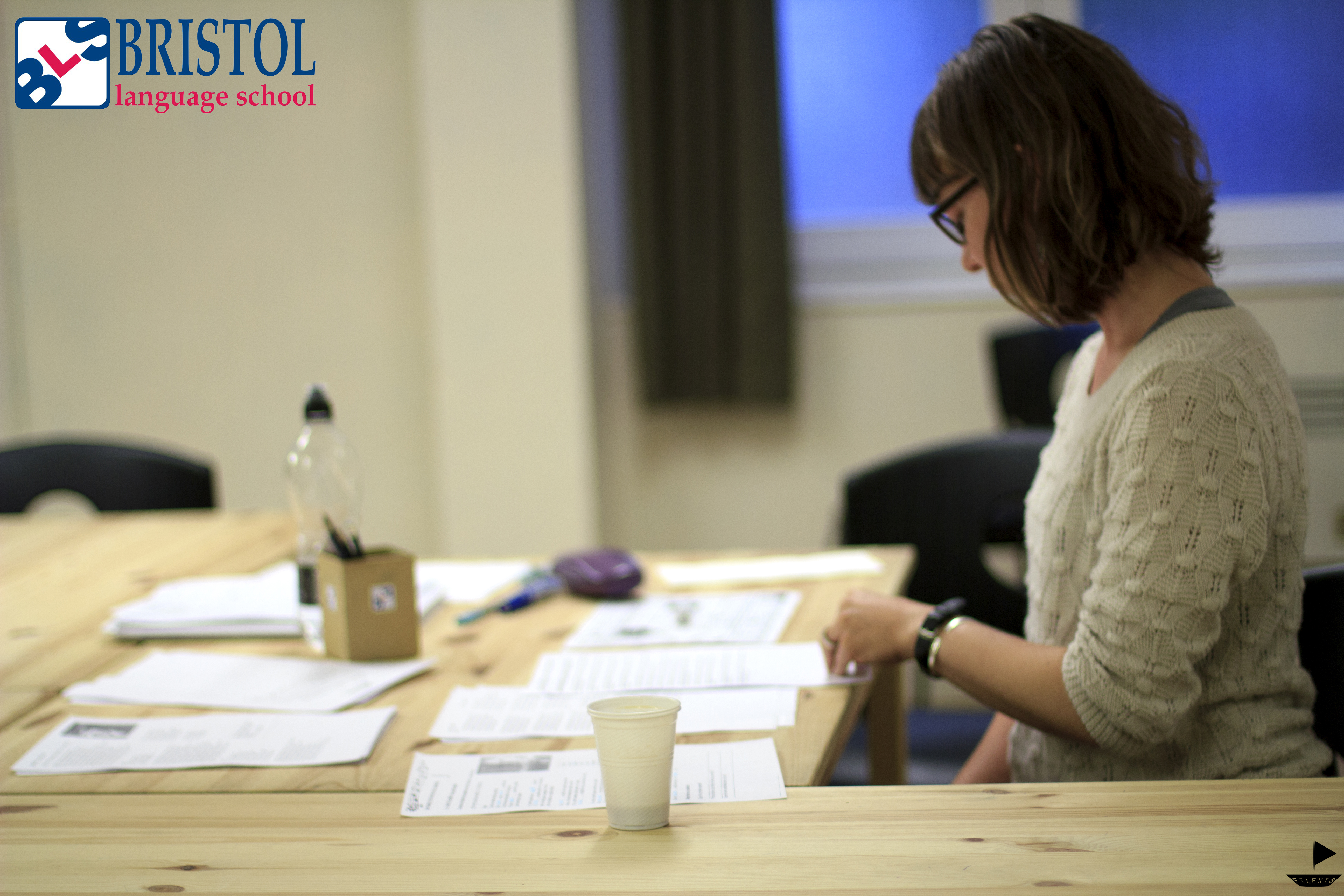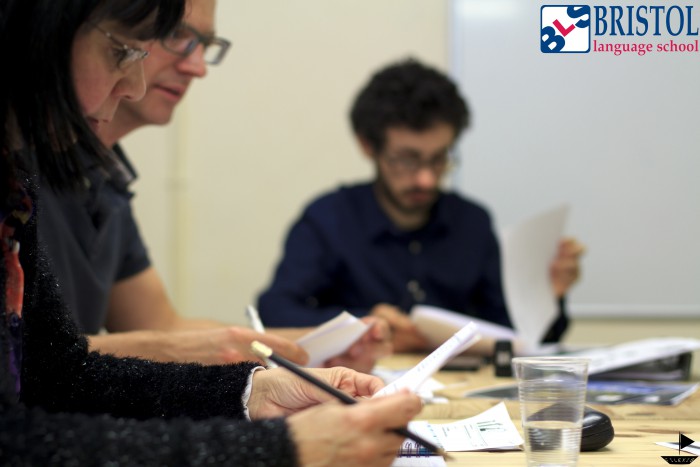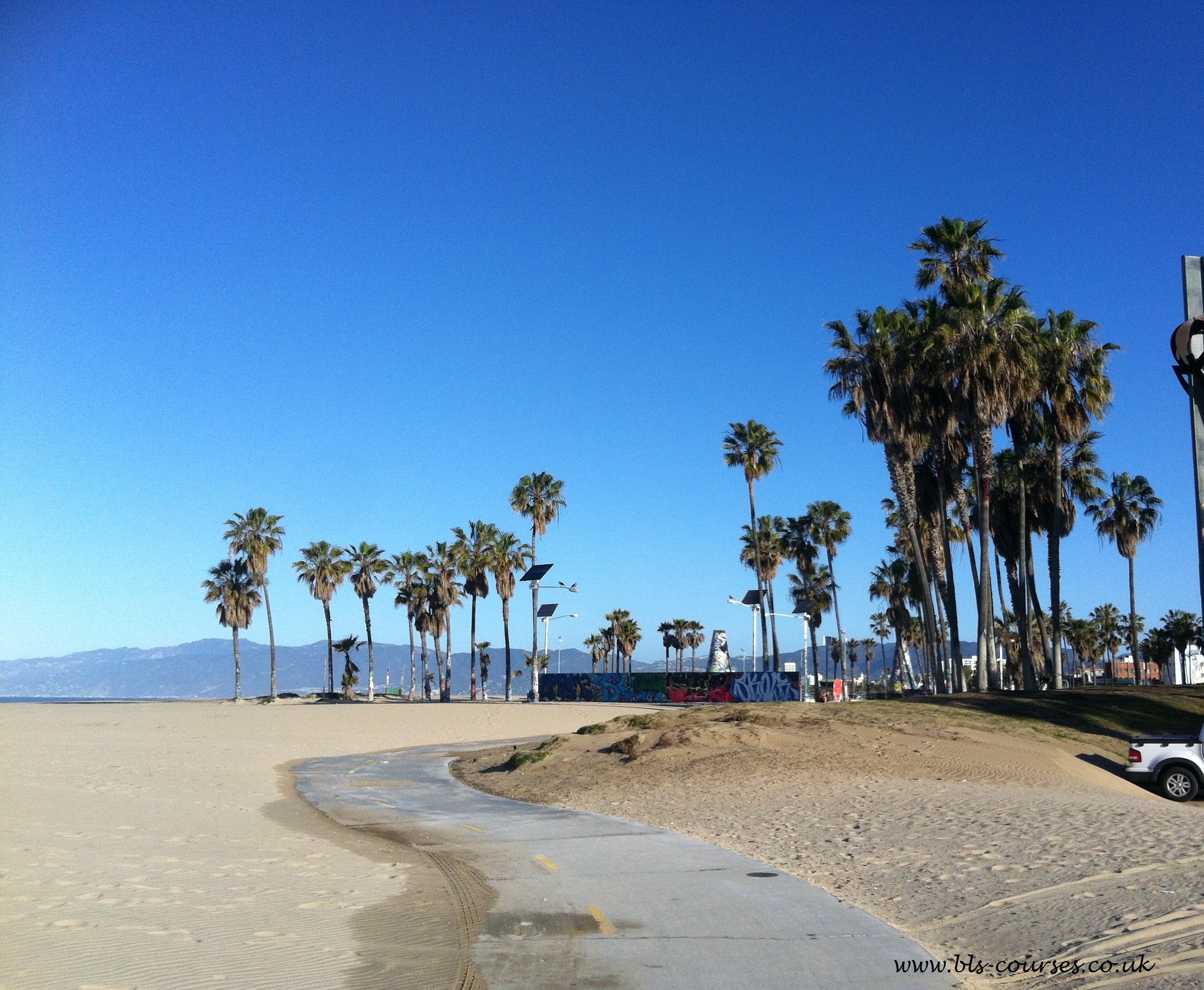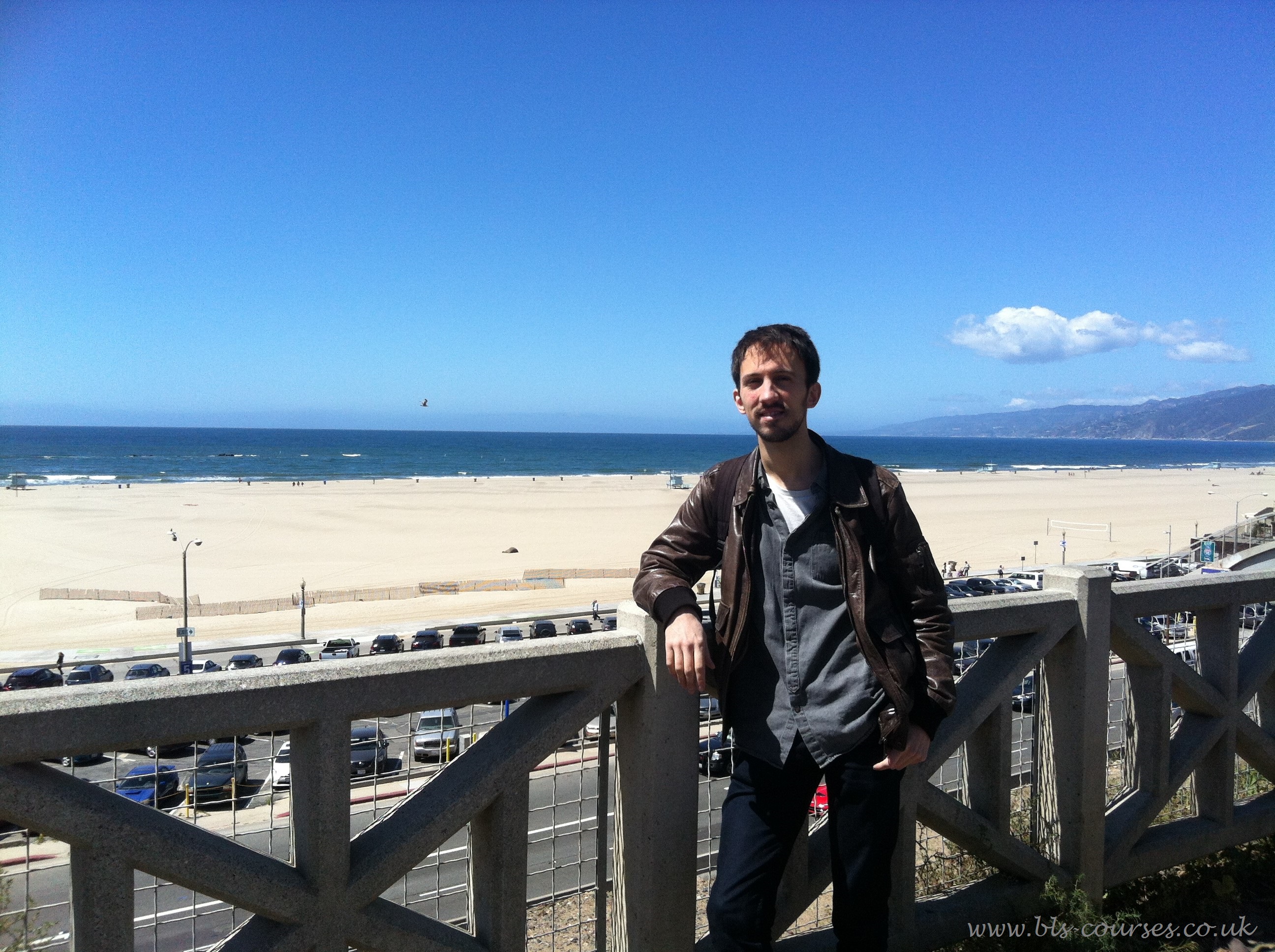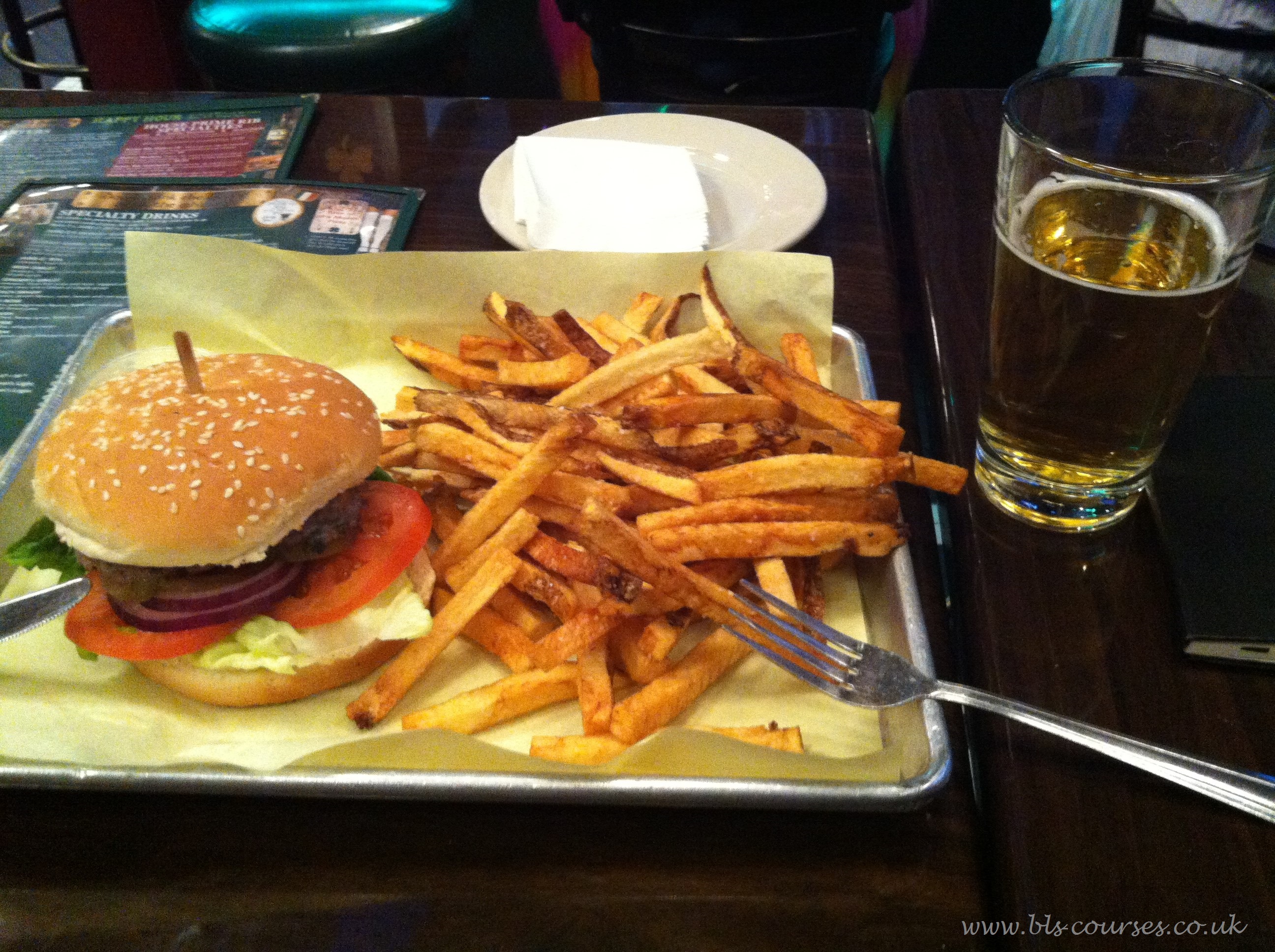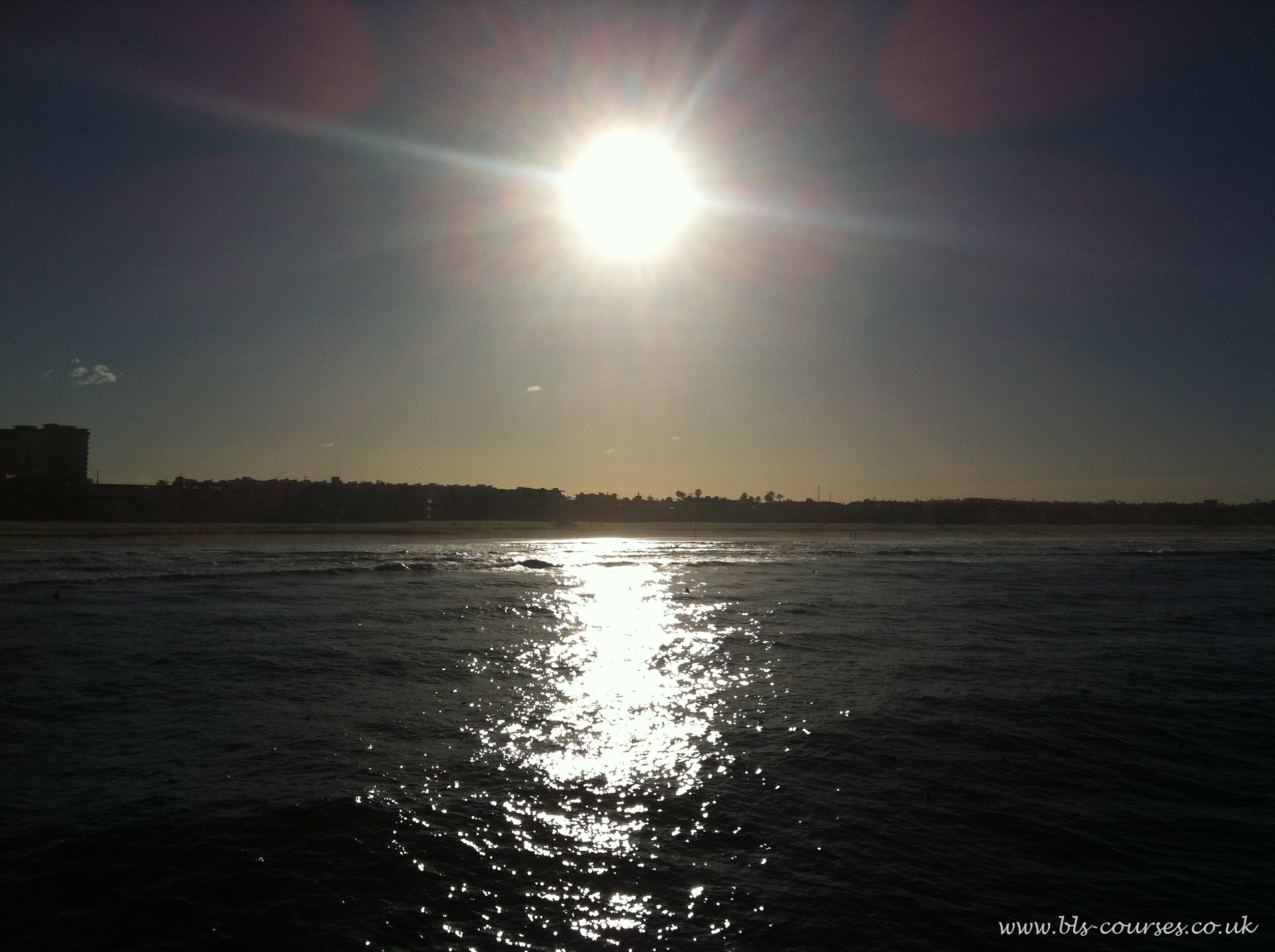I am lucky enough to speak five languages and be learning a sixth. Part of the reason why I have learnt them is because I have lived in several different countries, but you could say the other part is because I am motivated to learn them. I enjoy the challenge and the voyage of discovery and I like to learn as much as I can about the place I am in, and that includes the language. What better way to get to know people than to learn their language? I feel that it is also a sign of respect to learn at least some words in the language of a place you are travelling to: hello, thank you, goodbye, that kind of thing.
People sometimes ask how it is possible to keep up a second (or third, or fourth…) language, especially when you do not live in a country where it is spoken. The key to doing this is wanting to maintain it – if it is important to you to maintain your skills in that language, then you are already half way there! I personally try to use my languages every day. I will read books and articles in my chosen languages and listen to the radio or watch films. I try to treat each language equally but it is not always easy, it requires a bit of discipline. But we all have favourites and I find that I spend a bit more time on my favourite language…
There are activities you can do to keep up your language competence, but maintaining your chosen language is also about a state of mind: remind yourself why you learnt it in the first place and why you love it, and you will want to keep on using it.
Here are a few activities you can do to maintain your new language, and tips on how regularly to do them.
Read
If you like to read novels, read novels in your second language. If you like to keep up to date with the news, read (online) newspapers in the language you have learnt. If you like cooking, read (online) cookbooks and regale yourself with the delicious goodies you make using your linguistic knowledge! If you pursue activities that you like, it will be easier to maintain your understanding and it will come more naturally.
Listen
Similarly, listen to the radio or listen to music you like in your chosen language. This way you will keep your ear tuned in to what people sound like, stay abreast of what is happening in the country of your adopted language and enjoy that great music genre you discovered when you delved deeper into the language you decided to learn and its accompanying cultural artefacts.
Watch
Remind yourself why you love the culture of the country/ies where your chosen language is spoken by watching its/their films and tv shows (these can be found relatively easily on the internet these days; foreign language films can be borrowed from most libraries or bought for a relatively reasonable price at good record stores).
Speak to People
Find a meet-up group near you where people get together to speak the language and, of course, make friends. Find an online platform where you can speak to language partners on Skype. Move to a country where they speak your new language… Keeping in contact with people is a sure-fire way of keeping your language skills alive!
Produce
With this in mind, it is important not just to maintain your passive skills but to maintain your active skills as well. To this end, you should try to speak the language and write in it as often as you can, to make sure you keep using it. Perhaps you can write a blog in your chosen language, keep a diary, or write to a pen pal (not as old-fashioned as you might think!). As the adage goes, use it or lose it!
Routine
If you are the kind of person who likes to stick to routines, and finds structure motivating, then you can decide to dedicate a specific amount of time to doing these activities, like an hour a day, or half an hour of each language each day if you have two new languages on the go. If not, you can do what you feel like doing and when you feel like doing it, and it won’t feel like a chore to keep up your language(s).
Enjoy
Most of all, keep enjoying your language learning and practising what you have learnt. That is the key to maintaining motivation and retaining your new-found skills.
See more tips here.
Written by Suzannah Young
